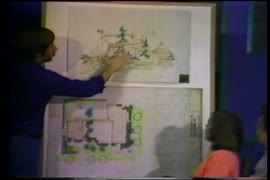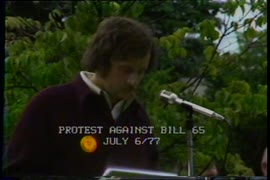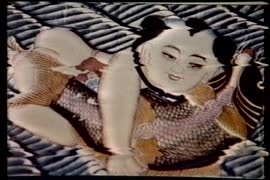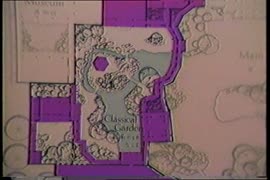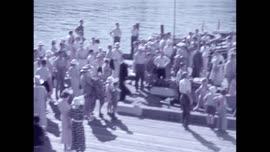Item is a promotional film developed to support and promote the Vancouver School Board’s Partners in Education program. The film presents testimonials and success stories from various businesses and schools who have taken advantage of the program, discussing what benefits the partnered schools and businesses were able to bring to each other. The film begins with school administrators and business people talking about the program. The film then presents a number of success stories with various business and schools. The partnerships profiled include: The Port of Vancouver, Chevron Canada, Unisys Canada Inc., University Hospital, the Dr. Sun Yat-Yat Sen Classical Chinese Gardens, the Champlain Mall, the Pan Pacific Hotel, and Vancouver Community College.
The film involves testimonials and short interviews with a number of teachers, school administrators, and business: Jim Matkin (President, BC Business Council), Sheila Tripp (School Principal), Ken Haycock (School Principal), Ken Harvey (Director, Vancouver School Board), Dr. Dante Lupini (Superintendent of Schools, Vancouver), Gwen Smith (School Principal), Barbara Duggan (Vancouver Port Corporation), Gary Ryan (Chevron Canada Ltd), Bill Strachan (Chevron Canada Ltd), Neil Prinsen (Teacher), Maris Pavelson (Unisys Canada Inc.), Sheila Tripp (School Principal), Arlene Cook (Teacher), Lesley Bainbridge (University Hospital), Diane Bolton (Champlain Mall), Joyce Anderson (School Principal), Anne Shorthouse (Program Manager, VSB), Gail Smith (Program Manager, VSB), and Darcy Rezak (Vancouver Board of Trade).



![Be-In at Kits [Kitsilano] Beach](/uploads/r/null/e/0/2/e02581acee80a617122f28024fdaf04bd3bbcba12b25722e9b7dde1a001fbc97/45bd99a8-93e1-499d-9a94-2f7c13aa6d79-MI-590_142.jpg)



![BC [British Columbia] postcard - The Rockies to the Pacific](/uploads/r/null/1/2/1226936/e2a6b4cf-7e7e-48c3-8e3b-6a150d917129-MI-342_142.jpg)


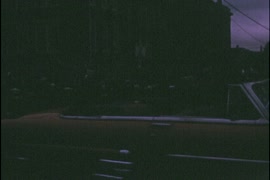

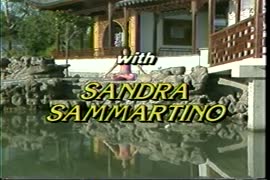

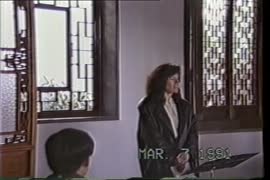

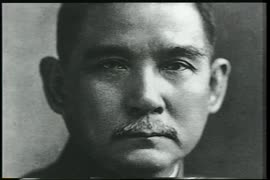

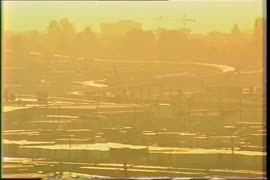



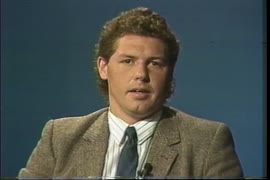




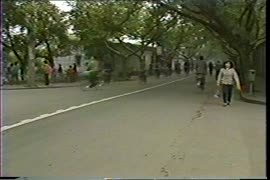
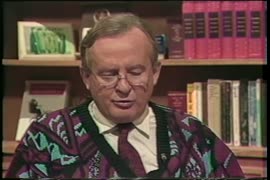
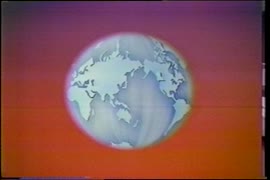
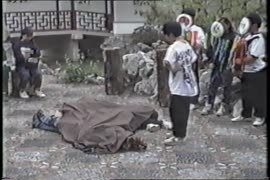

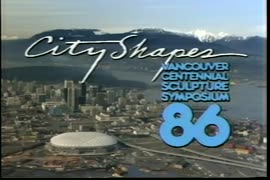
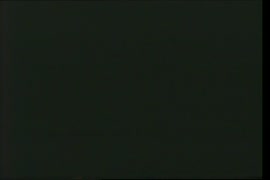

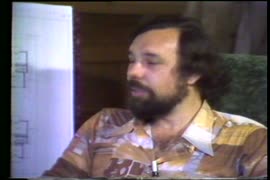

![Neighbourhood Improvement Program (part two [A]) schools and people](/uploads/r/null/5/7/2/572449ba3f0d02db9456a451607b9058c6d6b13d8a074b9ab83c3a8257b6f53b/f732f209-5643-4d15-9e65-eb4569431ffa-LEG181_142.jpg)
![Neighbourhood Improvement Program (part two [B]) schools and people](/uploads/r/null/9/0/c/90c5b4ba2c3dbe8efcd2eb98302db72e91b43bbb52eafd6a8e3b82aea195633f/e6020fdb-9f29-4bed-a890-6c74551555e2-LEG181_142.jpg)
